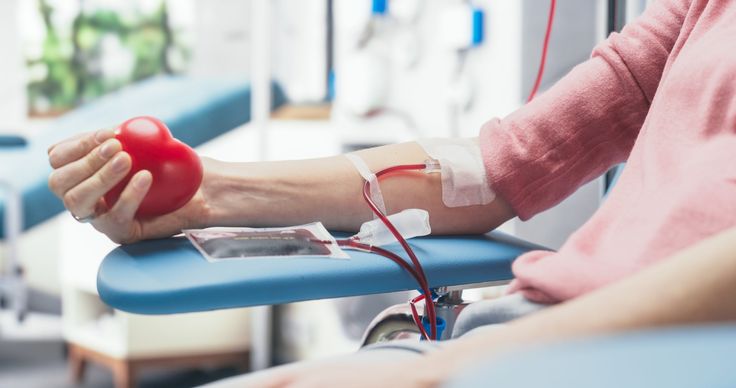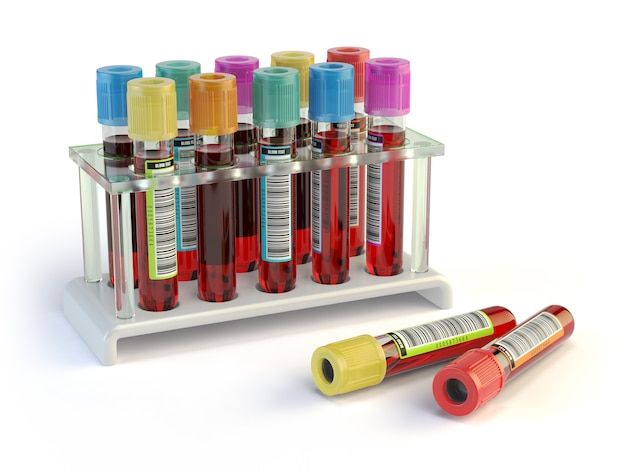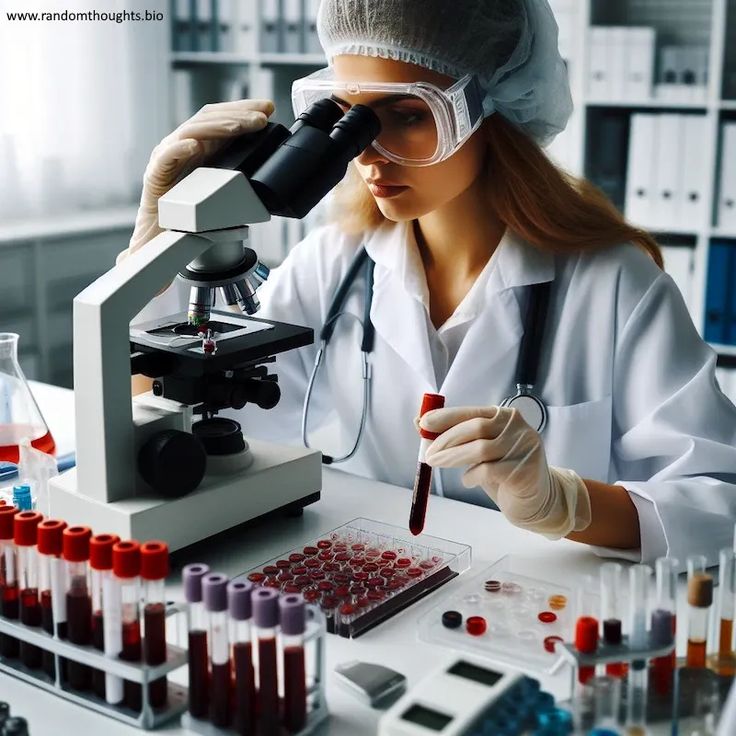How artificial blood technology is changing the future
One day in the future, you may receive a special phone call, and the other party tells you that he has successfully customized a bag of blood for you. Don't get me wrong, this is not a plot in a science fiction movie, but a technological breakthrough that is gradually becoming a reality, the artificial blood technology.
Imagine that you are a young man living in 2045. Your friend lost a lot of blood in a car accident and needs blood transfusion urgently. However, his blood type is a rare "Bombay blood type", and the reserves in the blood bank are exhausted. Just when everyone was in despair, the doctor calmly announced, "We are cultivating blood with his skin cells." This sounds incredible, but it is becoming a reality, and artificial blood technology is making it possible to imagine scenes in the past.

In the past, blood transfusion depended on donations from volunteers. But there are many problems in this model. Blood bank stocks are often in short supply, especially for rare blood types, which is as difficult as finding a drop of water in the desert. In addition, blood products need strict storage and transportation conditions, have a limited period of validity, and have the risk of spreading diseases, although strict screening has been carried out now. The emergence of artificial blood technology, like a key, is opening a brand-new door for these thorny problems.
So, what's the matter with artificial blood? Simply put, it uses advanced stem cell technology. Scientists can "reprogram" any cell in the human body, such as skin cells or fat cells, into pluripotent stem cells. These stem cells are like "universal cells" of the body, which can be induced to differentiate into any kind of cells, including red blood cells. Through specific culture medium and growth factors, these multifunctional stem cells can proliferate in large quantities and eventually differentiate into mature red blood cells that can perform oxygen transport tasks.

The advantages of this technology are obvious. First of all, it can realize the unlimited supply of blood. Theoretically, as long as there are enough stem cell sources, we can mass-produce blood of any blood type and completely solve the dilemma of blood bank shortage. Secondly, because blood is "made" in a sterile environment, the risk of infectious diseases caused by blood transfusion, such as AIDS and hepatitis, can be fundamentally eliminated. In addition, artificial blood can also be designed as "universal blood", that is, O blood, so there is no need to consider the problem of blood type matching. For those patients who need long-term blood transfusion, such as thalassemia patients, artificial blood technology will completely change their lives.
Of course, this technology still faces challenges on the road to maturity. The main problem is cost. At present, the cost of producing one unit of artificial blood is still high, far exceeding the traditional donation of blood. Scientists are trying hard to find more efficient and economical production methods in order to promote them on a large scale in the future. Another challenge is security. Although the blood produced in the laboratory can effectively avoid infectious diseases, how to ensure that it can work normally in the human body without unpredictable side effects still needs a lot of clinical trials to verify.

Despite many challenges, the development prospect of artificial blood technology is still bright. It is not only a major breakthrough in the medical field, but also a revolution in thinking. It tells us that the human body itself is a huge "biological factory". Through a deep understanding of life, we can reshape life and solve those seemingly unsolvable problems.
Maybe in the near future, when you need a blood transfusion in the hospital, the doctor will stop asking about your blood type and tell you calmly, "Please wait a moment, we are customizing it for you." At that time, artificial blood technology will completely change our understanding of blood and life.
(Writer:Frid)





